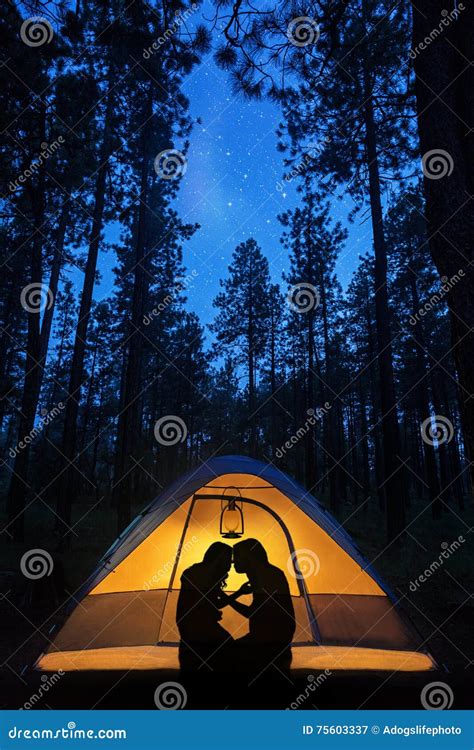Sous Vide Camping: Romance Under the Stars
Sous vide cooking, once the realm of professional kitchens, has become increasingly accessible to home cooks. But what about taking this precise cooking method into the great outdoors? Sous Vide Camping: Romance Under the Stars isn't just about perfectly cooked meals; it's about elevating the camping experience to a new level of culinary sophistication and romantic ambiance. This guide explores how to achieve restaurant-quality meals while enjoying the tranquility of nature.
What is Sous Vide Cooking?
Before we delve into the camping aspect, let's briefly explain sous vide. It's a cooking technique that involves vacuum-sealing food in a bag and then submerging it in a precisely temperature-controlled water bath. This method ensures incredibly even cooking, resulting in perfectly tender meats, juicy vegetables, and consistently delicious results. The slow, gentle heat prevents overcooking and preserves moisture, yielding unparalleled flavor and texture.
How to Sous Vide While Camping
The challenge with sous vide camping lies in maintaining a stable water temperature in the wilderness. Traditional sous vide immersion circulators require electricity, which isn't always available on a camping trip. Fortunately, several solutions exist:
1. Battery-Powered Immersion Circulators:
Several brands now offer portable, battery-powered immersion circulators specifically designed for outdoor use. These devices offer precise temperature control and run on rechargeable batteries, providing the convenience of sous vide cooking without needing a power outlet. Research battery life carefully to ensure it suits your camping trip's duration.
2. Using a Camp Stove and a Thermos:
For a more budget-friendly option, you can achieve a reasonable level of temperature control using a camp stove and a large, insulated thermos. Heat water on the stove to your desired temperature, then transfer it to the thermos. While this method won't provide the same level of precise temperature control as a circulator, it's surprisingly effective for many dishes, particularly those that don't require extremely precise temperatures. Regularly check and adjust the water temperature with additional hot water from the stove.
3. The "No-Circulator" Method:
For simpler dishes, you can skip the circulator altogether. Place your vacuum-sealed food in a cooler filled with hot water. While this method won't provide perfectly consistent temperature, it's still superior to direct grilling or campfire cooking in terms of evenness and moisture retention. This works best for longer cooking times where slight temperature fluctuations have less impact on the final result.
Menu Ideas for a Romantic Sous Vide Camping Trip
The beauty of sous vide is its versatility. Imagine enjoying these culinary delights under the stars:
- Tenderloin Steak with Garlic Herb Butter: Perfectly cooked steak, juicy and tender, is the ultimate camping luxury.
- Lemon Herb Roasted Chicken: A whole chicken, cooked to succulent perfection, is impressive and satisfying.
- Slow-Cooked Pulled Pork: Prepare it ahead of time, then simply reheat in the water bath for a delicious and effortless meal.
- Salmon with Dill and Lemon: Delicate salmon, perfectly cooked and bursting with flavor, is an elegant camping treat.
- Sous Vide Potatoes: Creamy, flavorful potatoes are a perfect side dish to accompany any main course.
What Equipment Do I Need for Sous Vide Camping?
Beyond the water bath method you choose, you'll need:
- Vacuum sealer: Essential for sealing food bags to prevent water ingress and maintain consistent temperature. Reusable bags are eco-friendly and can be cleaned after each use.
- Insulated cooler or thermos: To maintain water temperature for extended periods.
- Food-safe bags: These are vital for creating a safe and effective seal.
- Thermometer: Crucial for monitoring water temperature, regardless of the method used.
- Camp stove (if not using a battery-powered circulator): For heating water initially.
- Cooking utensils: For prepping and serving your delicious meal.
Safety First!
- Always practice proper food safety techniques. Keep your food cold before cooking and ensure the water bath reaches a safe internal temperature for eliminating harmful bacteria.
- Ensure your chosen equipment is appropriate for outdoor use and complies with all relevant safety standards.
- Be mindful of wildlife and store your food securely to prevent attracting unwanted visitors.
Is Sous Vide Camping Worth the Effort?
Absolutely! The rewards far outweigh the effort. Imagine the romantic setting: the crackling campfire, the twinkling stars, and the incredible taste of restaurant-quality food prepared right there in the wilderness. It's an unforgettable experience that elevates camping from a simple outdoor adventure to a luxurious and memorable escape. The perfectly cooked meal becomes a symbol of shared effort and appreciation for nature's beauty.
Frequently Asked Questions
Can I use a regular cooler for sous vide camping?
While you can use a regular cooler, an insulated cooler or thermos is highly recommended. Regular coolers don't retain heat as effectively, requiring more frequent adjustments to maintain the ideal temperature.
What type of food is best for sous vide camping?
Tougher cuts of meat (like chuck roast or brisket) are perfect for sous vide as the low and slow cooking makes them incredibly tender. However, most proteins and even some vegetables work beautifully with this method.
How do I clean my sous vide equipment after camping?
Thoroughly clean all equipment with warm soapy water immediately after use. If using a battery-powered circulator, consult its specific cleaning instructions.
Is sous vide camping expensive?
The initial investment in a battery-powered circulator or a good quality vacuum sealer can be significant. However, the cost of preparing delicious and impressive meals in the wilderness can be surprisingly affordable once you have the initial equipment.
By following these tips and embracing the romance of cooking under the stars, you can transform your next camping trip into an unforgettable culinary adventure. Happy cooking!

